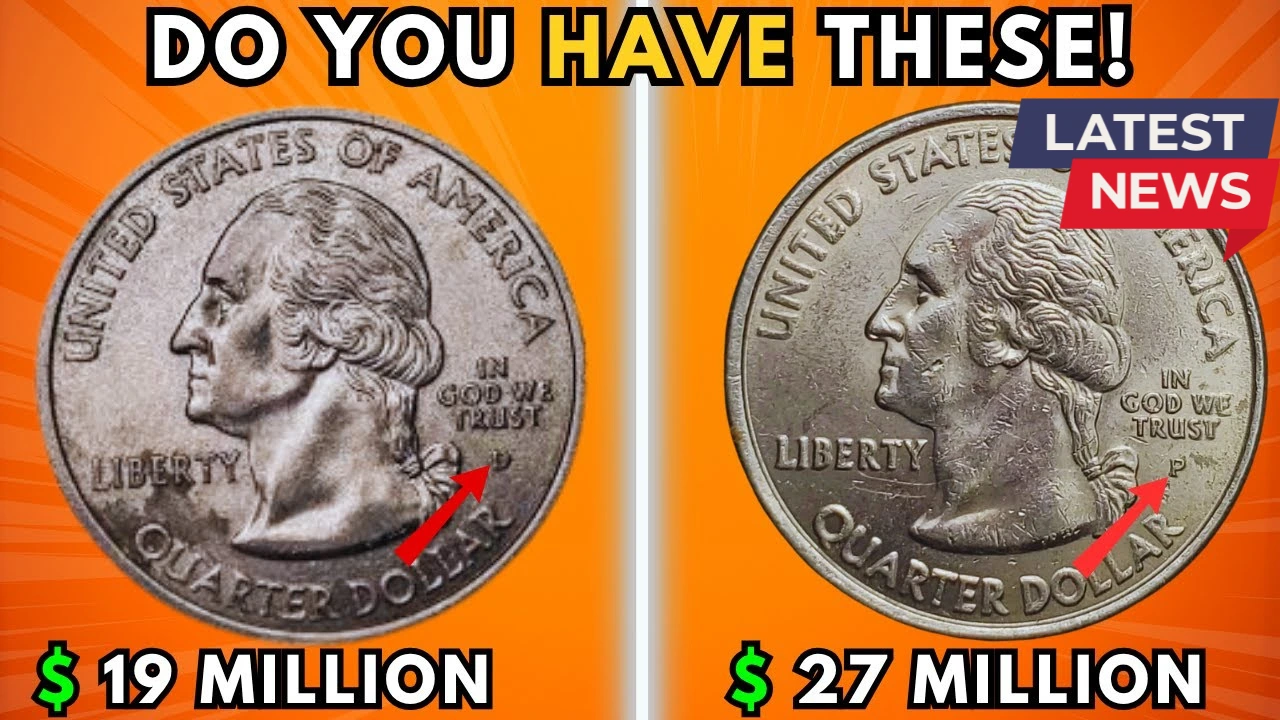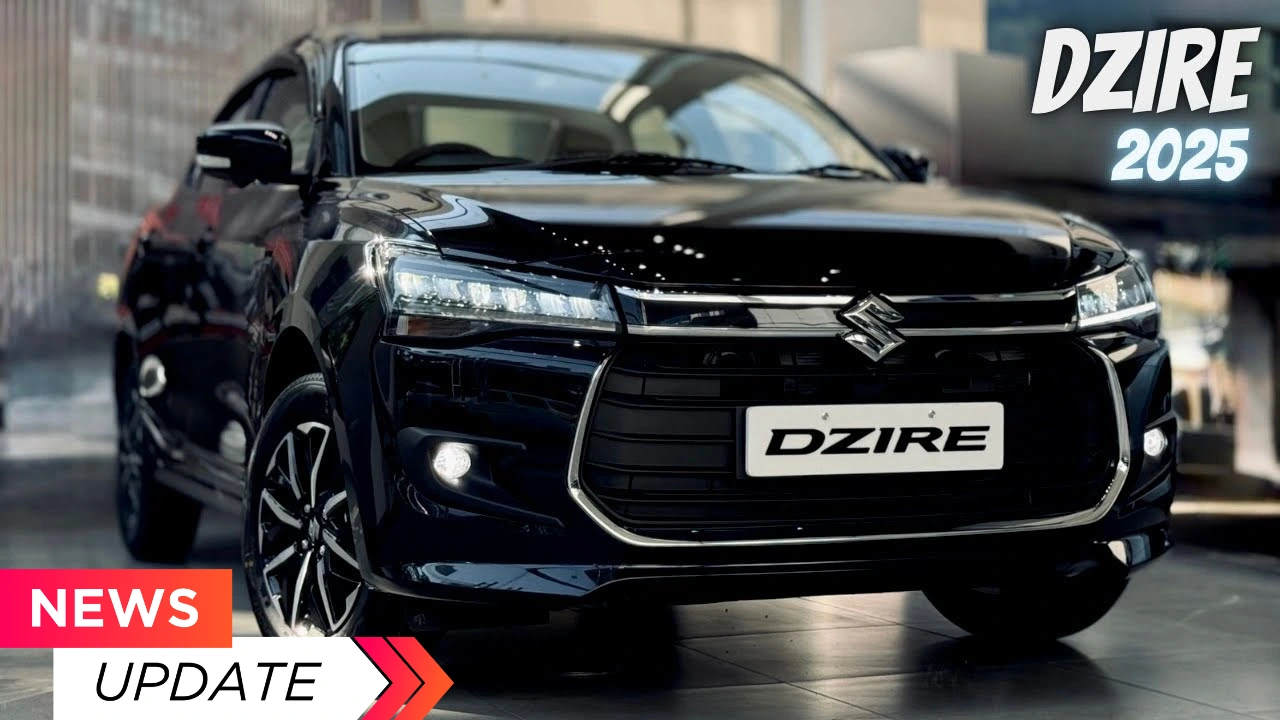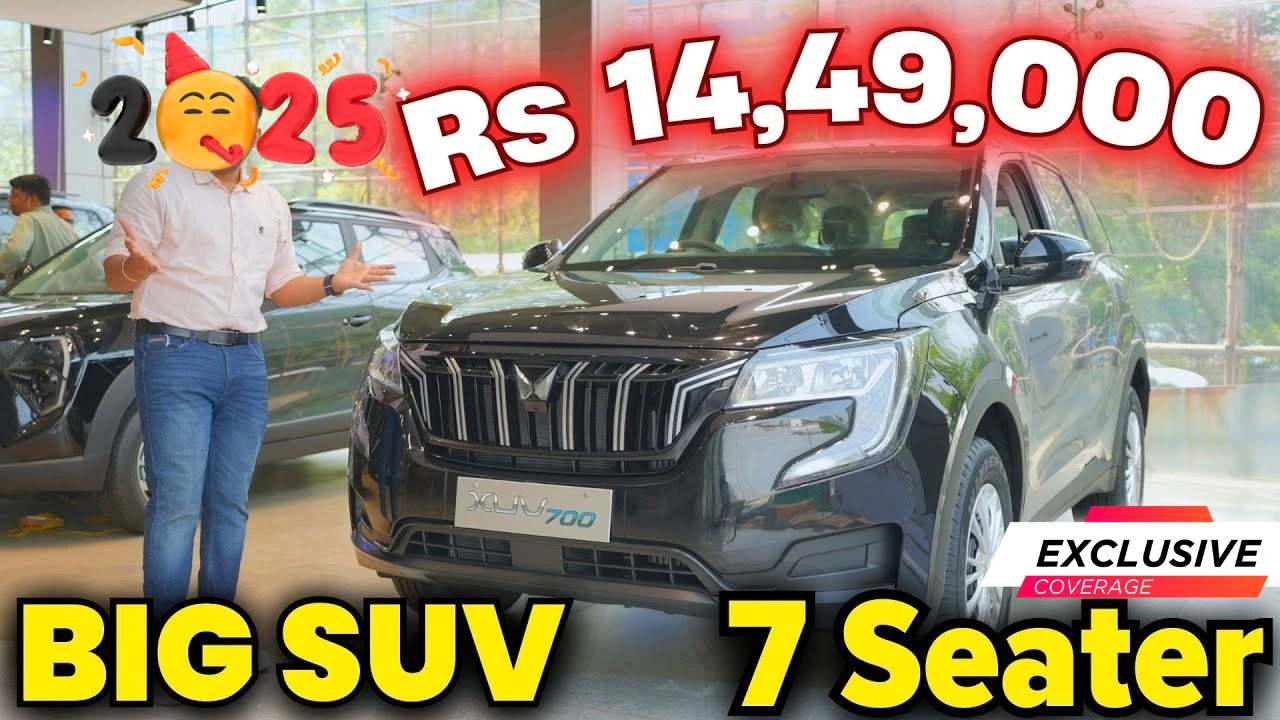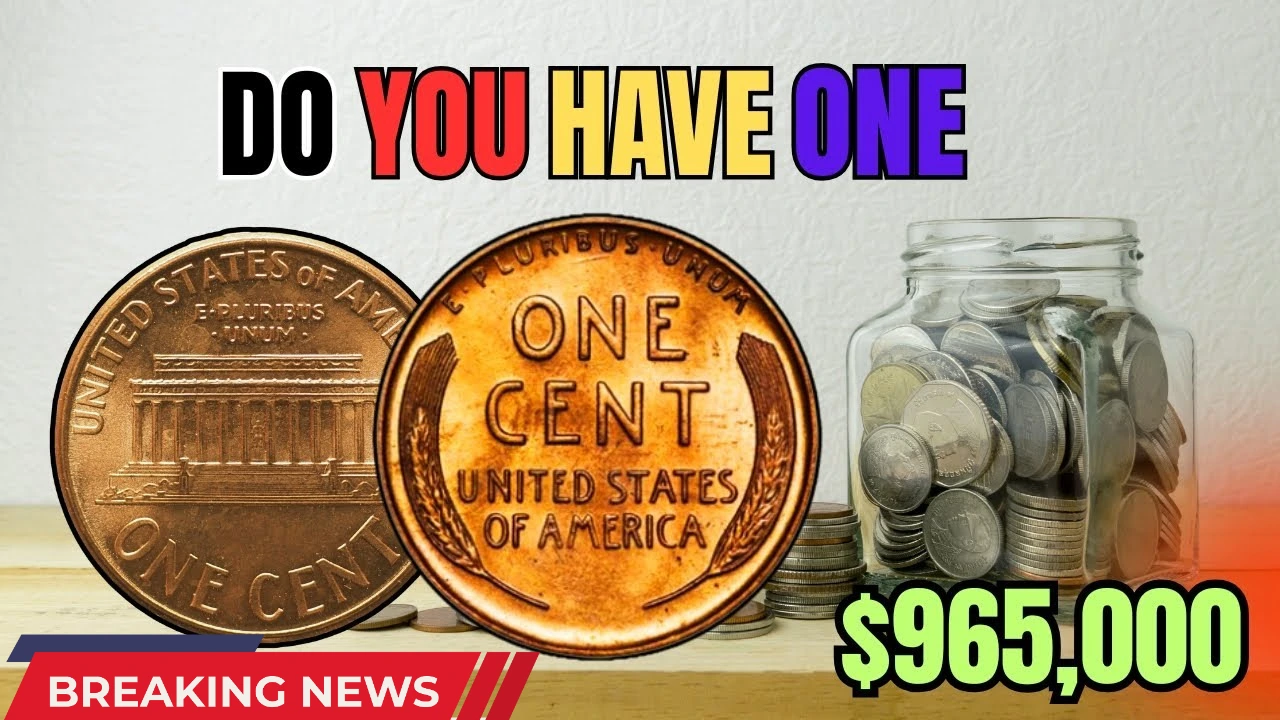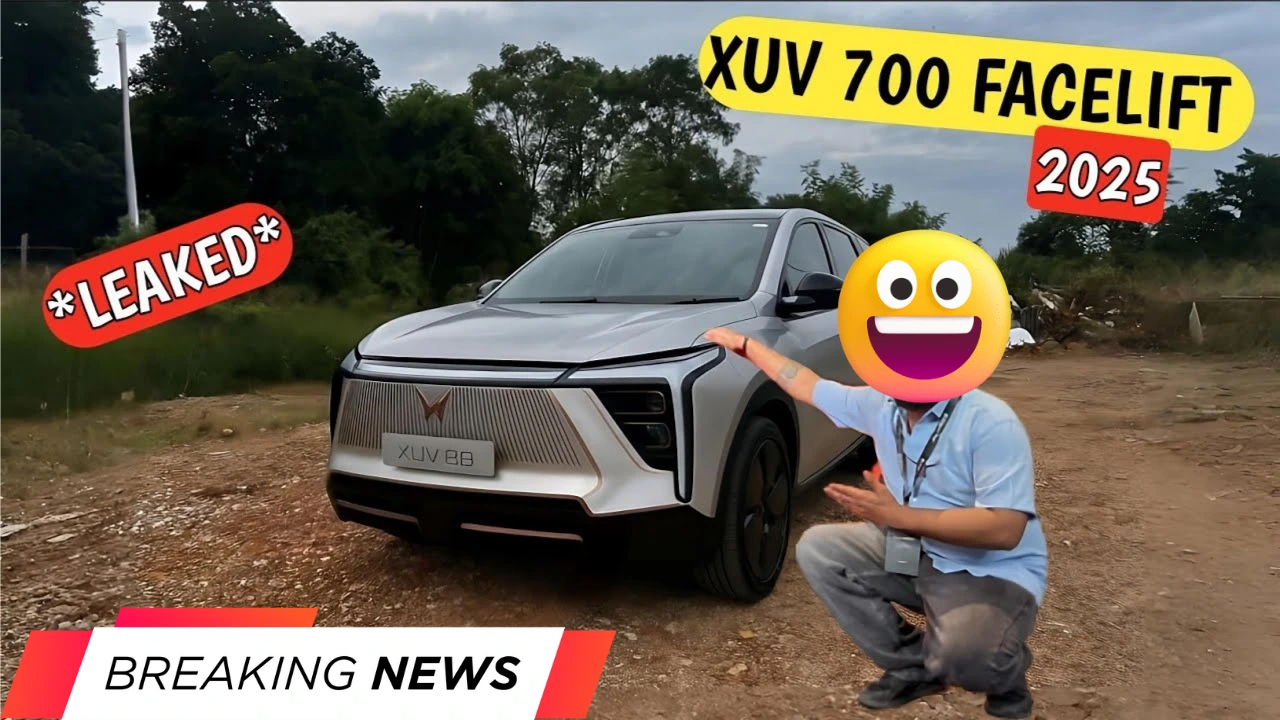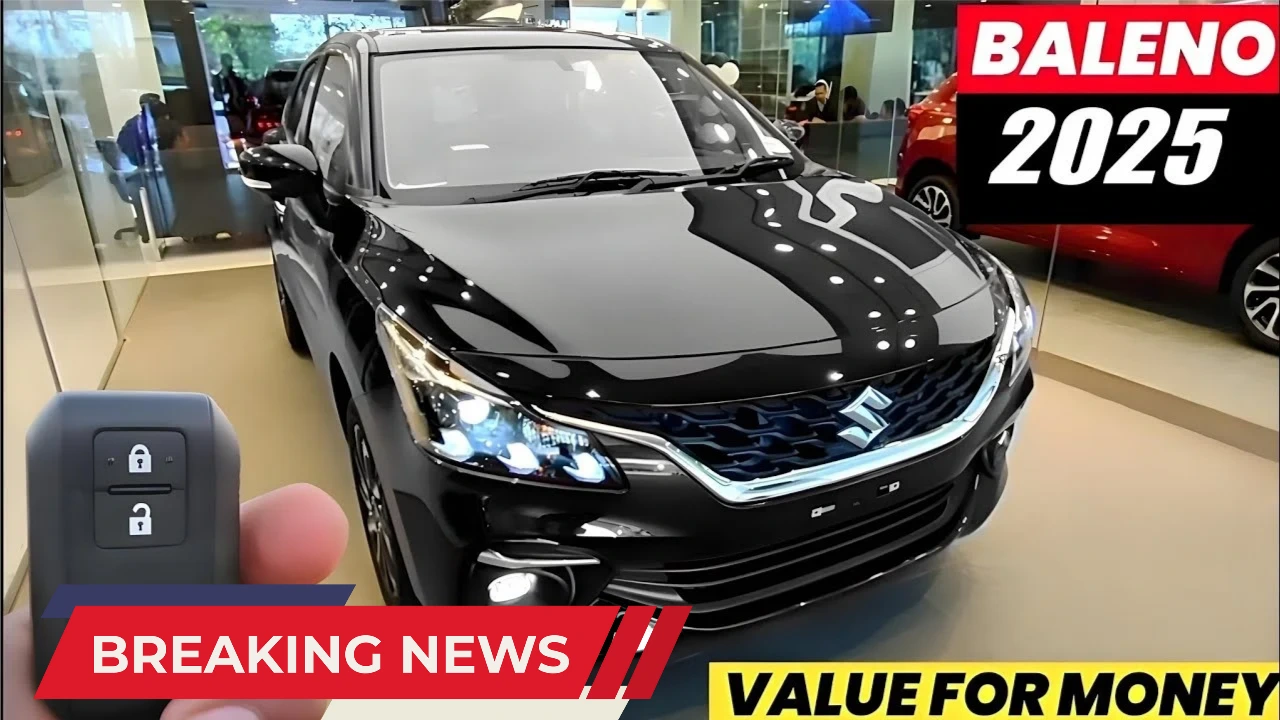Have you ever checked your pockets or purse for spare change and wondered if you might be carrying a fortune? Recently, stories have spread across the internet about a rare Bicentennial quarter that could be worth an unbelievable $2.351 billion. These rumors have made many people excited and curious about the coins they use every day. But is there really a quarter in your change that is worth billions, or is this just another internet myth?
The Bicentennial quarter was made to celebrate the 200th anniversary of American independence. It was first released in 1975 and 1976 and is easy to recognize because it has a special design: a colonial drummer on the back and the dates 1776–1976 on the front. Over 1.6 billion of these quarters were made, so most of them are very common and worth only 25 cents. However, some rare versions with special mistakes or unique features can be worth a lot more money to collectors.
This article will explain everything you need to know about the Bicentennial quarter, why some people think it could be worth billions, and how you can check your own coins to see if you have a rare one. We will also look at the history, design, and special features of these coins, and give you tips on how to identify a valuable one.
Bicentennial Quarter: $2.351 Billion Rumor
The story about a Bicentennial quarter worth $2.351 billion has gone viral online, but is it true? The answer is no—there is no official record of any quarter selling for that much money. The rumor likely started from a fake internet post or a misleading auction listing. However, the idea that a simple quarter could be worth a fortune is not completely crazy. Some coins with rare errors or special features can be worth a lot of money, but not billions.
Here is a table with an overview of the main facts about the Bicentennial quarter and the billion-dollar rumor:
| Topic | Details |
|---|---|
| Name | Bicentennial Quarter |
| Years Minted | 1975, 1976 |
| Reason for Minting | 200th anniversary of U.S. independence |
| Total Minted | Over 1.6 billion |
| Design | Colonial drummer, torch, 13 stars on reverse; dual date 1776–1976 on obverse |
| Value (Most Quarters) | 25 cents (face value) |
| Value (Rare Error Coins) | Up to hundreds or thousands of dollars; not billions |
| $2.351 Billion Rumor Source | Fake internet posts, no official sales or records |
| How to Spot a Rare Coin | Look for minting errors, double die, off-center strikes, special materials |
History and Design of the Bicentennial Quarter
The Bicentennial quarter was created to celebrate America’s 200th birthday. The United States Mint decided to make a special coin to honor this important event and to help people feel connected to history. The coin was released in 1975 and 1976, but all coins have the dates 1776–1976 on the front.
The design of the Bicentennial quarter is very special. The front (called the obverse) still has George Washington’s face, but it was changed a little for this special year. The back (called the reverse) has a completely new design: a colonial drummer, a torch, and 13 stars to represent the original colonies. The coin was made in huge numbers—over 1.6 billion were produced for regular use, and some special versions were made for collectors.
The quarters were made at three main mints: Philadelphia (P), Denver (D), and San Francisco (S). Most people have seen coins with the “P” or “D” mint mark. The special collector coins were made in San Francisco and are sometimes made of silver, not just the usual copper and nickel mix.
Minting Process and Rare Variants
The minting process for the Bicentennial quarter was the same as for other coins, but sometimes mistakes happened. These mistakes can make a coin very valuable to collectors. For example, if a coin is double stamped (called a double die error), or if it is struck off-center, it can be worth a lot more than a normal quarter.
Some rare Bicentennial quarters were made with silver instead of the usual copper-nickel mix. These silver coins were made only for collectors and are not usually found in regular change. Other rare coins have mistakes like missing mint marks or missing clad layers (which means the coin looks different and is lighter in weight).
Here are some factors that can make a Bicentennial quarter more valuable:
- Double Die Errors: The design is stamped twice, making the letters or images look doubled.
- Off-Center Strikes: The design is not in the center of the coin.
- Missing Clad Layer: The coin looks reddish or is lighter in weight.
- 40% Silver Composition: Made only for collectors, not for regular use.
- Missing Mint Mark: The coin does not have a “P,” “D,” or “S” mark.
- Perfect Condition: Coins that have never been used and look brand new are worth more.
Statistical Data and Interesting Facts
- Total Bicentennial quarters minted: Over 1.6 billion (for regular use).
- Years minted: 1975 and 1976 (all coins have the dual date 1776–1976).
- Mints: Philadelphia (P), Denver (D), San Francisco (S).
- Silver coins minted: About 4.9 million uncirculated sets and 4 million proof sets.
- Value of most Bicentennial quarters: 25 cents.
- Value of rare error coins: Up to hundreds or thousands of dollars, but not billions.
- Most expensive quarters ever sold: Some rare quarters have sold for over $750,000, but not Bicentennial quarters.
Interesting Fact:
About one-third of all Bicentennial quarters made for regular use (over 750 million coins) were saved or “hoarded” by people and never used in everyday change.
How to Identify a Valuable Bicentennial Quarter
Not every Bicentennial quarter is worth a lot of money. Most are worth only 25 cents. But if you want to check your change for a rare one, here are some tips:
- Look for Minting Errors: Check for double stamps, off-center designs, or missing details.
- Check the Material: Silver coins are heavier and have a different color than regular coins.
- Look for Missing Mint Marks: Some rare coins do not have a “P,” “D,” or “S” mark.
- Check the Condition: Coins that look new and have never been used are worth more.
- Use a Magnifying Glass: Sometimes, small errors are hard to see with the naked eye.
Other Valuable Quarters to Look For
While the Bicentennial quarter is famous, there are other quarters that can be worth a lot of money. Here are some of the most valuable quarters you might find in your change:
| Quarter Name | Year/Mint Mark | Estimated Value (Circulated) | Key Features |
|---|---|---|---|
| 1932-D Washington | 1932, D | $70–$225 | First year, low mintage |
| 1932-S Washington | 1932, S | $65–$285 | Lowest mintage, rare |
| 1916 Standing Liberty | 1916, S | $1,000–$10,000+ | Low mintage, historical |
| 1955 Doubled Die | 1955 | $1,000–$5,000+ | Double stamp error |
| 1970-S Proof | 1970, S | $10,000+ | Rare proof, silver content |
Note:
Some quarters can be worth millions of dollars if they are in perfect condition and have rare errors, but this is extremely rare.
The Truth About the $2.351 Billion Bicentennial Quarter
Despite what you may have read online, no Bicentennial quarter has ever sold for $2.351 billion. The rumor started from fake internet posts and has no real evidence behind it. However, the story has made many people interested in coin collecting and checking their change for rare coins.
Some rare Bicentennial quarters with special errors or features can be worth hundreds or even thousands of dollars, but not billions. The idea that a simple quarter could be worth a fortune is exciting, but it is important to check the facts before believing everything you read online.
Why Do People Believe the Rumor?
The idea that a quarter could be worth billions is very exciting and has spread quickly on social media. Many people hope to find a rare coin and change their lives overnight. The Bicentennial quarter is a special coin with a unique design and historical importance, so it is easy to see why people are interested in it.
Some people believe that if a coin is one-of-a-kind or has a very rare error, it could be worth a lot of money. In the world of coin collecting, the value of a coin depends on how rare it is and how much someone is willing to pay for it. However, even the rarest coins are usually worth thousands or millions, not billions.
How to Check Your Own Coins
If you want to check your own coins to see if you have a rare Bicentennial quarter, here are some steps you can follow:
- Sort Your Coins: Look for quarters with the dates 1975 or 1976 and the dual date 1776–1976.
- Check the Design: The back should have a colonial drummer, torch, and 13 stars.
- Look for Errors: Use a magnifying glass to check for double stamps, off-center designs, or missing details.
- Check the Material: Silver coins are heavier and have a different color.
- Check for Mint Marks: Look for “P,” “D,” or “S” on the front or back.
- Compare to Pictures: Look up pictures of rare Bicentennial quarters online to compare.
Tips for Coin Collectors
If you are interested in coin collecting, here are some tips to help you get started:
- Start Small: You do not need a lot of money to start collecting coins.
- Learn About Errors: Understanding minting errors can help you spot valuable coins.
- Check Your Change: You never know when you might find a rare coin in your pocket.
- Join a Coin Club: Talking to other collectors can help you learn more and find rare coins.
- Use Reference Books: There are many books and websites that can help you identify valuable coins.
Common Myths and Facts About Bicentennial Quarters
There are many myths and misunderstandings about Bicentennial quarters. Here are some common myths and the real facts:
- Myth: All Bicentennial quarters are worth a lot of money.
- Fact: Most are worth only 25 cents. Only rare error coins are worth more.
- Myth: There is a Bicentennial quarter worth $2.351 billion.
- Fact: There is no official record of any quarter selling for billions.
- Myth: Silver Bicentennial quarters are found in regular change.
- Fact: Silver coins were made only for collectors and are not usually found in change.
- Myth: All coins with errors are worth a fortune.
- Fact: Only very rare or unique errors are worth a lot of money.
The Value of Coin Collecting
Coin collecting is a fun and educational hobby. It can teach you about history, art, and economics. Even if you do not find a rare coin worth millions, you can still enjoy learning about coins and building a collection.
The Bicentennial quarter is a special coin that reminds us of an important moment in American history. Whether you find a rare error coin or just enjoy the design, it is a great way to connect with the past.
Summary Table: Bicentennial Quarter Facts
| Feature | Details |
|---|---|
| Years Minted | 1975, 1976 (all have 1776–1976 date) |
| Total Minted | Over 1.6 billion |
| Design | Colonial drummer, torch, 13 stars on reverse; dual date on obverse |
| Value (Most Coins) | 25 cents |
| Value (Rare Error) | Up to hundreds or thousands of dollars |
| Silver Versions | Made for collectors, not regular change |
| Mint Marks | P (Philadelphia), D (Denver), S (San Francisco) |
| Common Errors | Double die, off-center, missing clad layer, missing mint mark |
| $2.351 Billion Rumor | Not true, no official record |
Bullet Points: Key Facts About Bicentennial Quarters
- Made to celebrate America’s 200th birthday in 1975 and 1976.
- Over 1.6 billion regular coins were made.
- Special silver coins were made for collectors.
- Most Bicentennial quarters are worth only 25 cents.
- Rare error coins can be worth hundreds or thousands of dollars.
- No Bicentennial quarter has ever sold for billions.
- Look for minting errors, special materials, and missing mint marks.
- Coin collecting is a fun and educational hobby.
Conclusion
The story of the Bicentennial quarter worth $2.351 billion is a myth, but it has made many people interested in coin collecting and checking their change for rare coins. The Bicentennial quarter is a special coin with a unique design and historical importance. Most of them are worth only 25 cents, but rare error coins can be worth a lot more.
If you want to check your own coins, look for minting errors, special materials, and missing mint marks. Coin collecting is a fun hobby that can teach you about history and art. Even if you do not find a rare coin, you can still enjoy learning about coins and building a collection.
